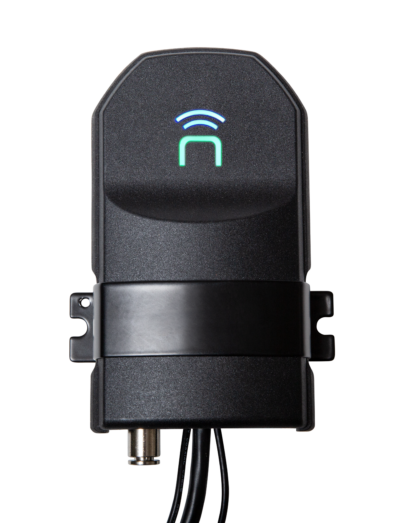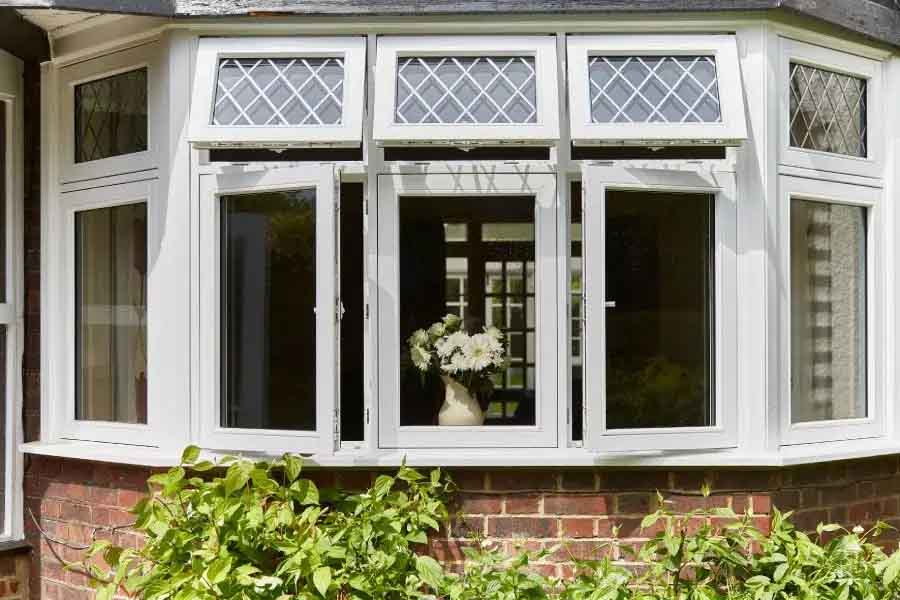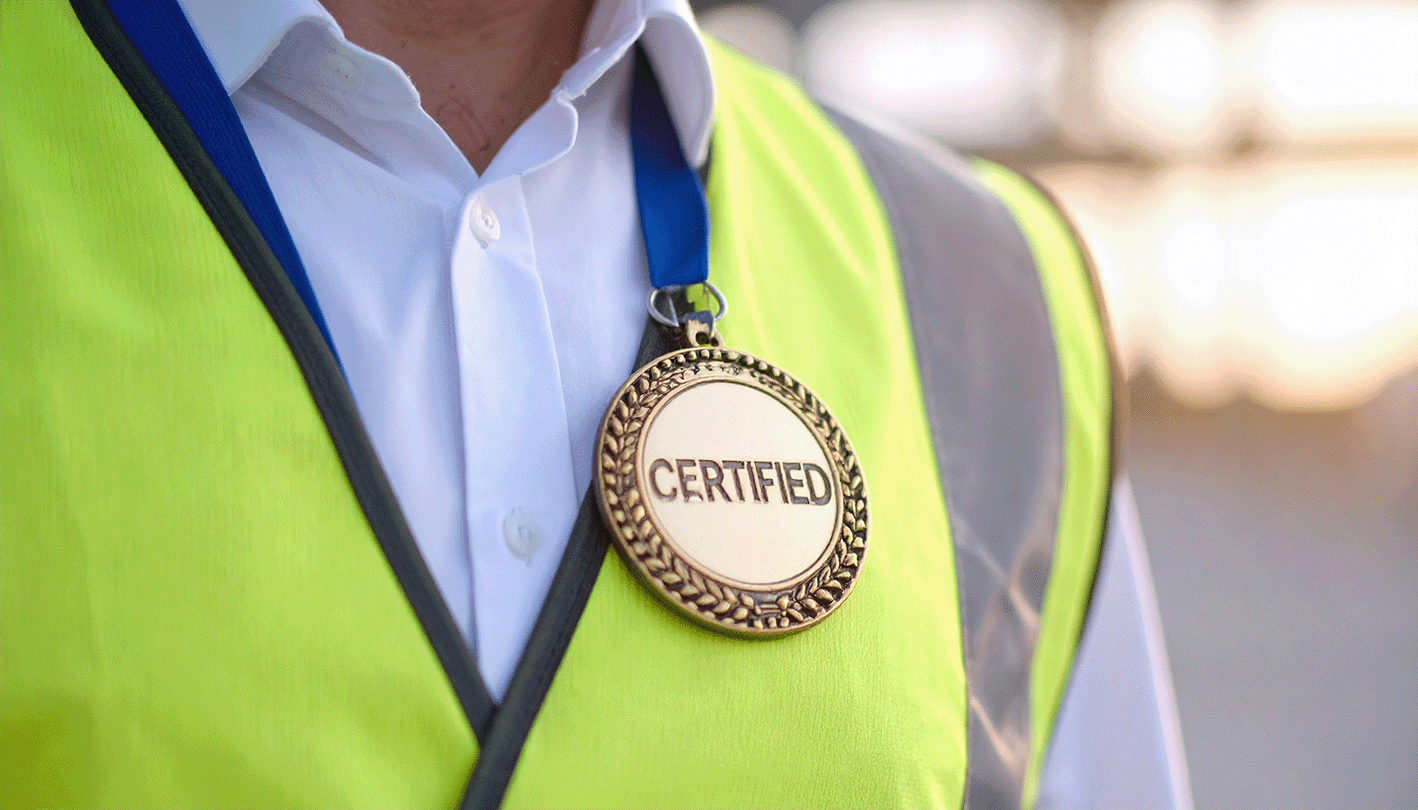Smart Filtration Management
The updated Part F could have had a big impact on air quality in UK buildings, but it falls short as it references out-of-date guidance from the WHO on acceptable levels of pollution.
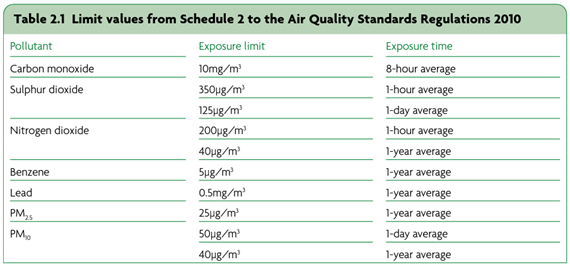
The updated 2021 WHO limits for particle pollution are significantly lower than before.
Annual mean for PM2,5 < 5 μg/m 3
Annual mean for PM10 < 15 μg/m 3
Eurovent guidance 4/23 - 2022 – “Selection of EN ISO 16890 rated air filter classes for general ventilation applications” has been updated to take into account the revised WHO figures.
The significant reduction in the WHOs’ acceptable PM2.5 concentrations means that if simply selecting filters using ODA categories, most non-industrial occupied environments will now need ISO16890 ePM1 80% filters fitted in the majority of UK city locations.
The industry standard AHU selection of ePM1 40-65% (a typical F7 filter according to EN779) should no longer be deemed sufficient.
.jpeg?width=796&name=aircube-select-eco-4v-4v-compact-filter%20(1).jpeg)
The increase in pressure drop from higher grades of filter will have an impact of fan energy consumption and CO2 generation, so correct filter selection is more important than ever.
The outdoor air quality (ODA) categories referenced by Eurovent are based on out of date data. Accurate outdoor air quality data is only available for a select number of locations outside of big cities. Even within cities, the granularity of data is limited and does not take into account the fact that outdoor air quality can vary massively over even short distances.
Stage 1: Gather ODA data
We use AI and machine learning to gather and understand data from multiple sources — including more than 47,000 sensors worldwide. The result is street-level air quality resolution (within 5 meters).
We then take this street-level data and adjust it to account for the height of the buildings outdoor air intakes, as pollutant levels vary greatly with height.
- Our air quality reports can be used by MEP engineers to show compliance with Part F.
- Used by manufacturers of HVAC equipment to make appropriate filter selections.
- Optimise filter selection to deliver the supply air quality (SUP) recommended by Eurovent.
- Achieve the limits on pollutants requires by heathy building standards like WELL and AirRated.
Stage 2: Optimise for filter requirements
Filter dust loading is modelled in advance using historic ODA quality. Total cost of ownership is modelled for filter changes so the client can decide whether filters are changed at the optimal time in terms of cost or CO2 emissions.
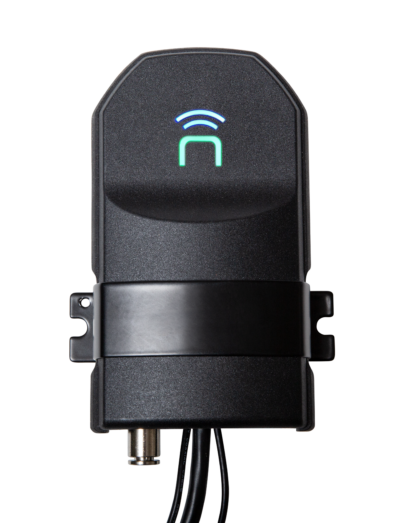
A combination of pressure and velocity sensors fitted in the AHU relay this information to ours and the clients dashboard via 4G. With constant access to both historic and current local outdoor air quality data, we are able to predict ongoing filter requirements.
Filter change intervals are automatically altered if the ODA particulate pollutant levels are drastically different to historical averages. In some situations, due to the rise of hybrid working, demand-controlled ventilation systems will draw in less outside air, so filters will be changed less often, reducing waste.
